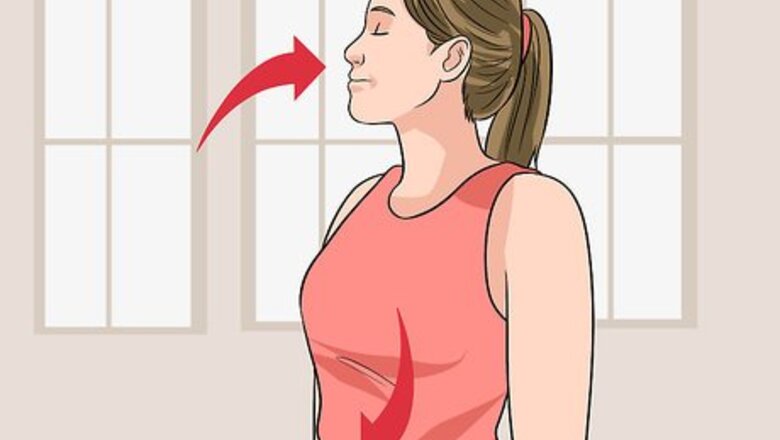
views
Preparing for Asubha Meditation
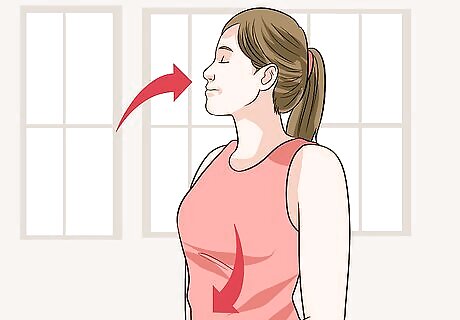
Practice mindfulness of breath. This well help prepare you for the asubha meditation at hand and may help you reach the first jhana (or altered state of consciousness), when doing the asubha meditation. Initial meditation practice should include sustained attention on an object, such as your breath. If you feel your mind wandering during meditation, just bring your attention back to your breath without judgment and continue concentrating.
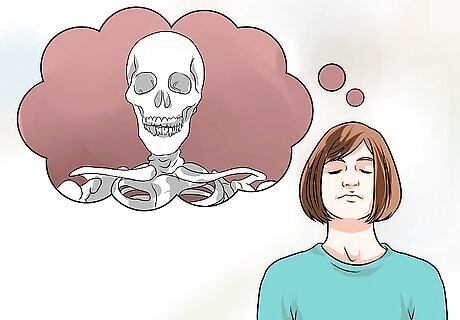
View a body in various stages of decomposition. As these are not readily available in many countries, you may have to rely on photos or your imagination. In all, there are ten different stages of decomposition you need to see to prepare for the meditation. It is important that you see different stages, including the bloated corpse, a body that is blue/black, the festering body, a body with skin that is cracking, the mangled corpse, a body that has been cut up, a mutilated body, a bloody body, the worm-ridden corpse, and the skeleton. There are a few different versions of this sequence out there.
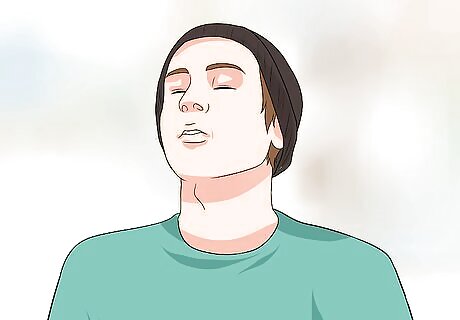
Prepare a lighter meditation, such as mindfulness of breathing, to help balance yourself after asubha meditation. Without the direct guidance of a teacher, this practice can be dangerous, as the canon of Buddhist literature includes a story of the Buddha teaching this mediation to pupils, a lot of whom commit suicide while the Buddha is in retreat.
Practicing the Asubha Meditation
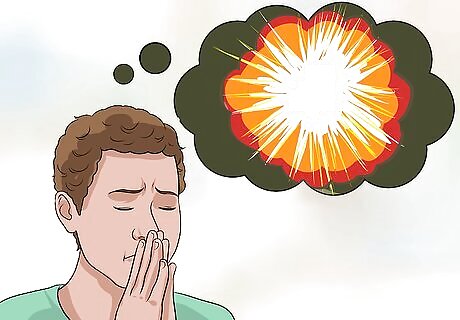
Use the images of the body as a the object of meditation. It is best to use the worst image you have seen for starting this meditation. This helps you get a sense of the corruptibility of the body.
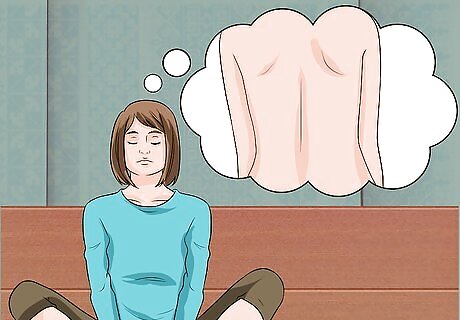
Relate the image to your own body. Think of the relationship between your body and that body. It is important to acknowledge your own corruptibility. You can do this by likening your body to the corpse you have seen.
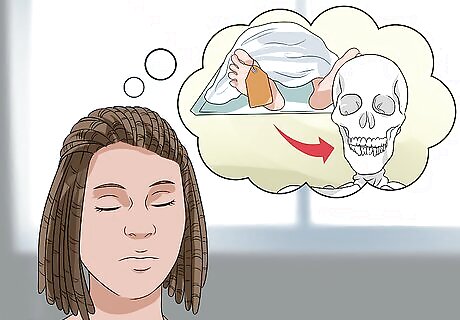
Meditate on each stage of decomposition one after another. This will allow you to know the corruptibility of the body in all its forms, from bloated corpse to skeleton. This can help you reach the first jhana. If you have already reached the fourth jhana, it will simply help you learn to control the image, by focusing on a single aspect.
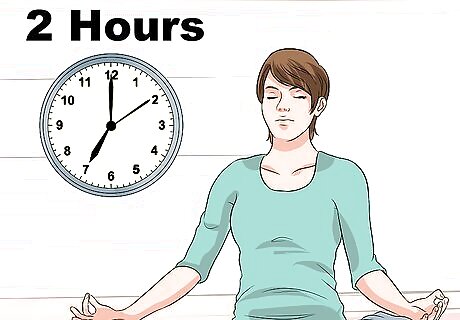
Steadily increase the time of your asubha meditation. Your goal should be to get to one or two hours of asubha meditation. The focus on the object for that time will allow you to go from thinking ‘learning sign’ or the pictures of the corpse as you saw them to the ‘counterpart sign’ or the perfected mental image.
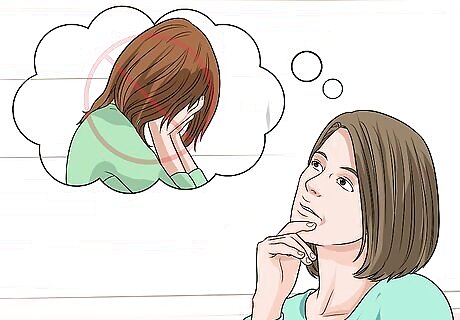
Remember that the purpose of the meditation is not to engender hatred of the body but to help you gain a sense of detachment from it. It is not so much to encourage you to live ascetically. Rather it is that you respect the body and its corruptibility. Focusing on foulness will lessen your attachment, but with practice it will also engender a healthy respect for your body.

Practice asubha meditation in moderation if you do not have a qualified teacher. The practice can be very powerful, and can lead to hatred of the body without guidance. It is not surprising that such focus can lead to suicidal thoughts, but with guidance it can be an important meditation for your practice.
Finding a Buddhist Teacher
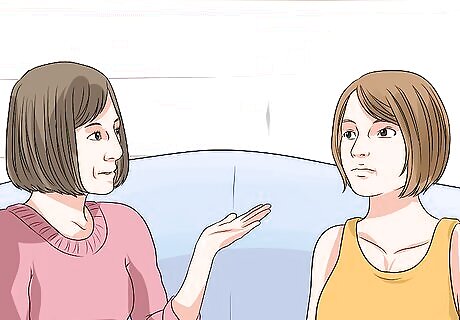
Try to make a connection with an authentic teacher. This can be through email, or by seeing a photograph, or meeting in person. The important thing is that you connect. Don’t rush into a student-pupil relationship. The right relationship will become apparent with time.
Attend their lessons. The best way to know if you have a connection is to listen to them teach. Going in person when you’re new to Buddhism can feel daunting, but all students start as beginners. If you can’t attend in person, listen to them online.
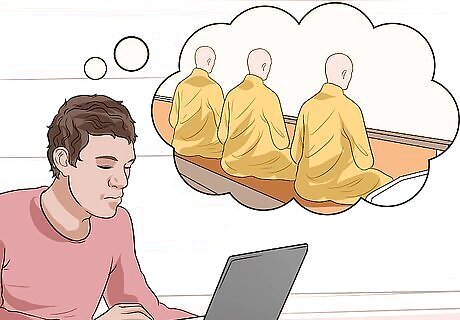
Research different traditions. There are major, as well as minor, differences between the different traditions of Buddhism that may help you toward a particular path. You may even want to ask for recommendations from someone you trust.
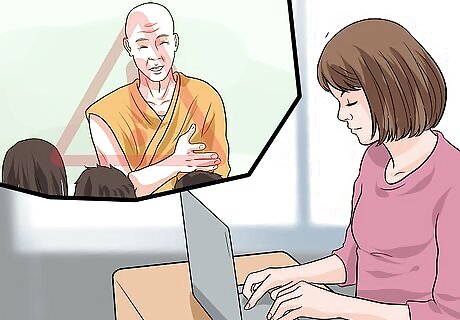
Be wary of cults and charlatans. Both of these will be harmful to your practice, and will likely you turn you off of Buddhism if they don’t manage to trap you whether through money or manipulation. Although there are many good teachers out there, it is important to do your research, and avoid such characters. If a teacher or group seems like they are too charismatic or too divisive, then you’ll want to avoid them.















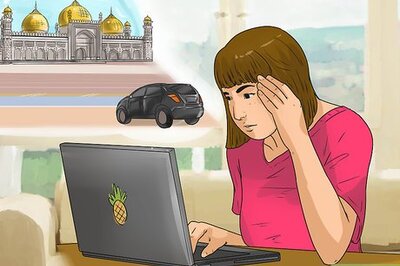

Comments
0 comment